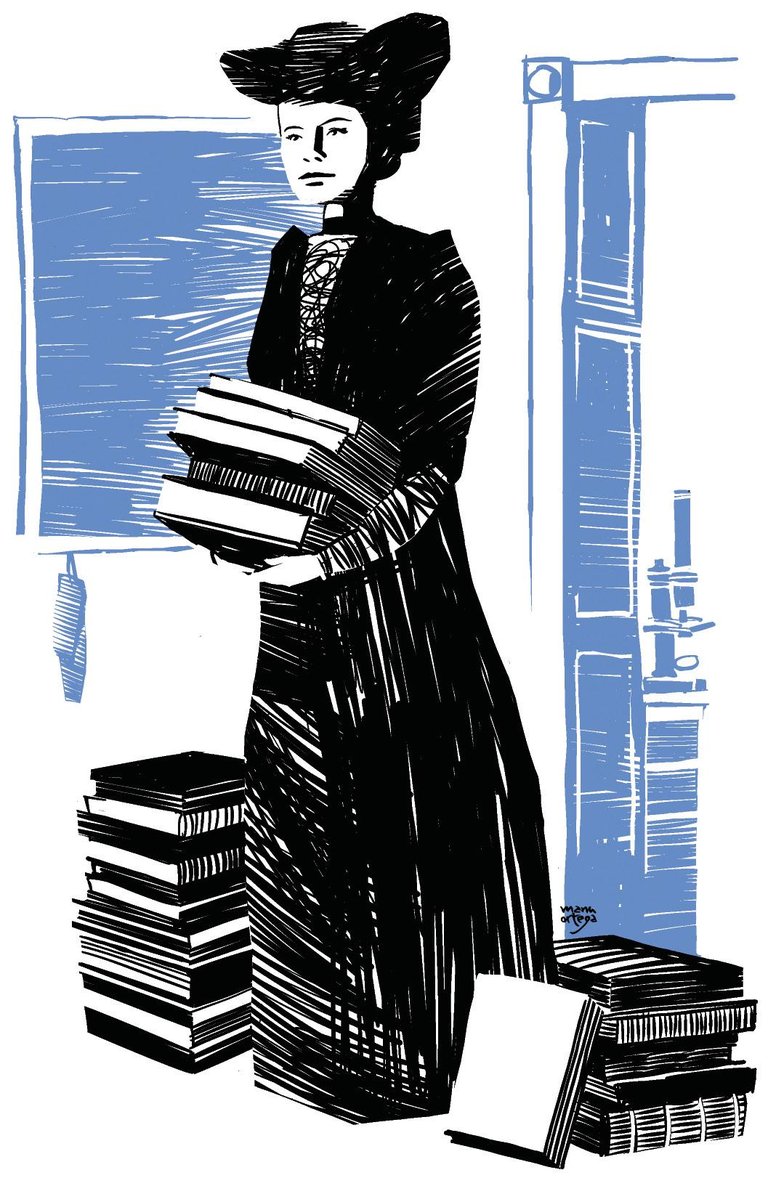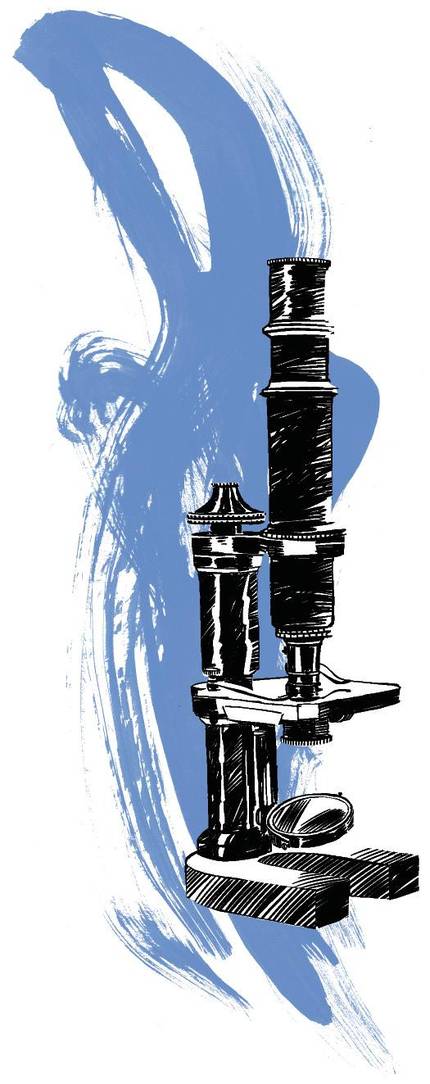Nettie Stevens: Chromosomes and sex

“I have worked for four years as a researcher and I would like to continue working on it, rather than teaching, if not for money. But I have only my resources to live and I have already spent almost everything that I saved myself working as a teacher seven years ago before studying at university,” he wrote. “I would like an opportunity to devote myself to researching my time, free from the gravity of the economic account.” He addressed his letter to the Carnegie Institute requesting a scholarship to continue investigating. He arrived very well and did not want the dream to end there. July 1903. Nettie Stevens has just completed her doctorate at age 42.
Since childhood he was brilliant in his studies. But when he graduated he had no resources to study at university and had to start working. He was a professor and librarian for thirteen years. But he did not forget his dream of being a researcher. Just getting enough savings, he enrolled at Stanford University in 1896 at age 35.
He graduated and doctorate of excellence. His tutor, Thomas Hunt Morgan, discovered his talent. In November 1903, when Stevens made the second attempt to apply for this research scholarship, Morgan wrote in his letter of recommendation: “I want to strongly support Mrs. Stevens’ request. Among the students I have had in the last twelve years I have had no one who has had more research capacity. Besides being trained, he has natural talent, I think it is much more difficult to find.”
He got this scholarship. I could continue to investigate, though not many years. Unfortunately, Stevens' research career was not going to be long, as he died in 1912, in breast cancer, at the age of 51.
He had a few years of research, but he made good use of time. He worked hard and made important contributions. In addition, he devoted himself to a current topic: he investigated the chromosomes and the importance that these structures could have in inheritance. Mendel's theory of inheritance had just spread in the threads of years (from 1900 onwards), and Boveri and Sutton had just published the hypothesis that the carriers of Mendel's inherited factors were chromosomes (1902).
So far, most experts rejected this hypothesis. Stevens' own tutor, Morgan, opposed this hypothesis and wrote a couple of articles against that relationship between mendelism and chromosomes. Stevens will show him that he was wrong.
He discovered that the Tenebrio molitor beetles had two types of sperm: some had ten chromosomes of the same size and nine chromosomes equal and much smaller. The eggs had ten chromosomes equal. He also studied the rest of the cells of the beetles (somatic cells) and discovered that the females had ten pairs of chromosomes of the same size, while in the males, on one of the walls, one chromosome was smaller than the other.
Stevens clearly saw that this chromosomal difference determined sex: if a sperm with an egg and a small chromosome were attached to fertilization, the next one would be the male; and if a sperm with all the same chromosomes was involved in fertilization, the female.
Almost simultaneously, two other researchers made similar discoveries. For example, C.E. McClung observed earlier that in other insects there were chromosome differences in sperm, although in this case this difference was in quantity (some had one more chromosome). And, E. B. Wilson, for his part, discovered in the hemopter Anasa tristis the same thing that Stevens had seen in his beetles. But McClung and Wilson failed to give an adequate explanation of what was seen, at least until they learned about Stevens' work. And although many discoveries are attributed to Wilson, he clearly recognized that thanks to Stevens' work he could understand the function of sexual chromosomes.
Morgan remained skeptical. Like most experts of the time, for Morgan it was impossible for chromosomes to determine inheritance. Years later, however, Morgan himself, through prestigious experiments related to the color of the eyes with Drosophila flies, would be the inheritance linked to sex and therefore the genetic determination of sex. Nobel prize for that work, in 1933.
Stevens continued to work hard. He studied 59 other insect species and clarified that in some insects, as McClung has seen, sex depends on the presence of a chromosome more or less (XX/X0) and in others the key is in chromosomes of different size (XX/XY).
Despite his short research career, Stevens published 41 articles. And besides his scientific contribution, he also made another contribution. In Stevens's articles references to female researchers are much more than was usual at the time. Stevens wanted to make it clear that there were more women researchers and they were doing a lot of work.
Bibliography
I, I. (2000): “Nettie Maria Stevens and the function of sexual chromosomes” Chronos 3 (2): 239-271 (2000)
I, I. (2007): “The discovery of sexual chromosomes. A milestone in the history of biology.” CSIC
MORGAN, T.H. (1912): “The scientific work of Miss N. M. Stevens.” Science
PIÑENO, P.; NETTO, L. (2019): “Women after sex theory.” Beginner
RIVERA, J. (2016): “Nettie Stevens, the first researcher to answer why a man or woman is born.” ABC
Buletina
Bidali zure helbide elektronikoa eta jaso asteroko buletina zure sarrera-ontzian












